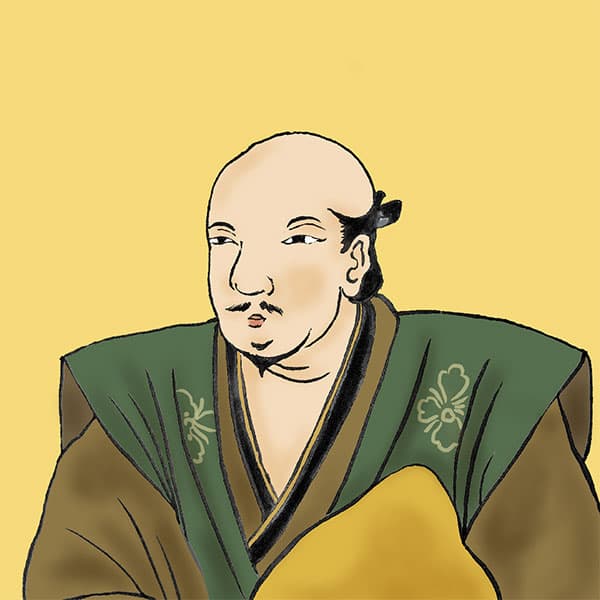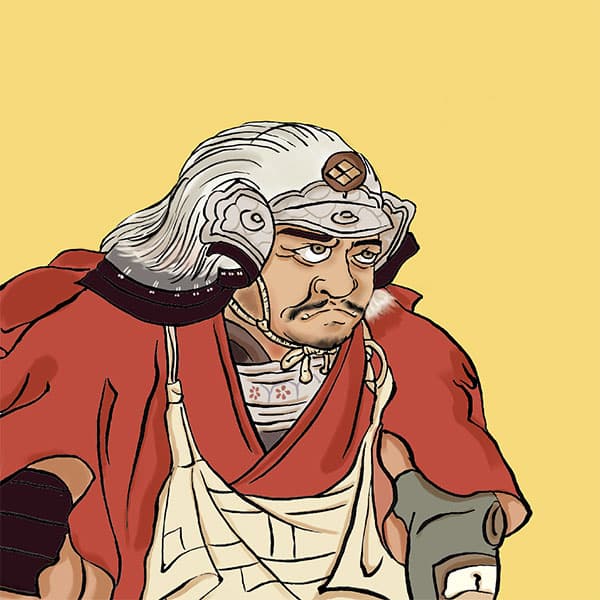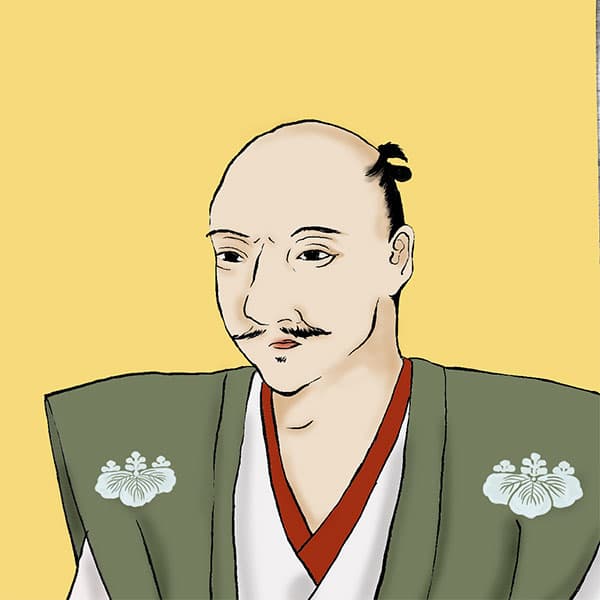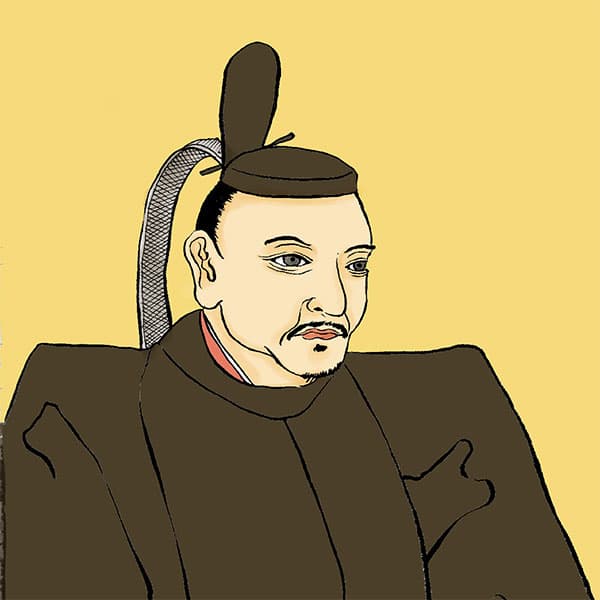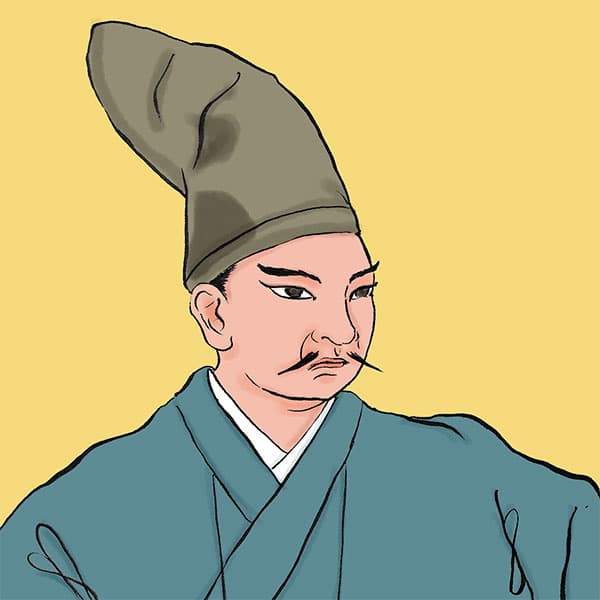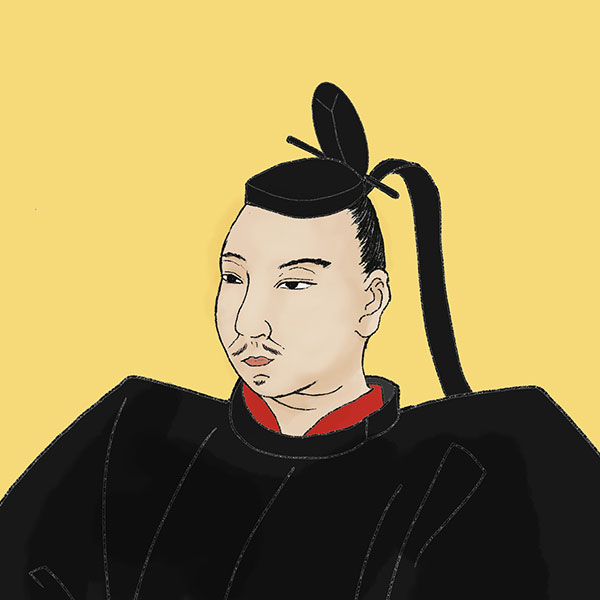Battle of Tenmokuyama (1/2)The downfall of the Takeda clan
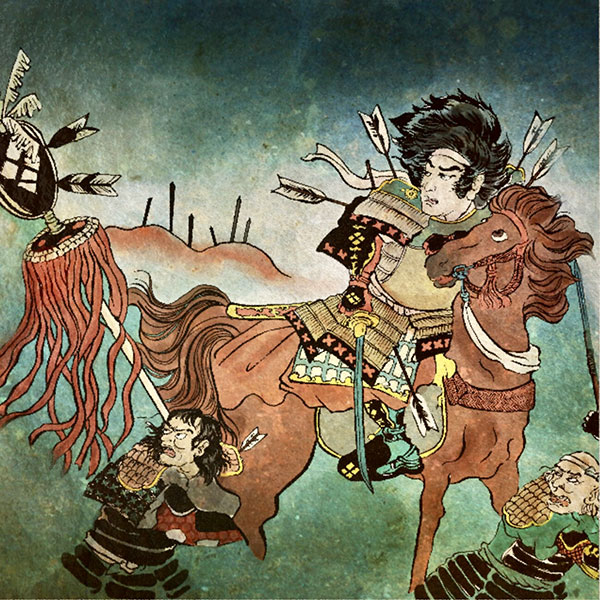
Battle of Tenmokuyama
- Article category
- case file
- Incident name
- Battle of Tenmokuyama (1582)
- place
- Yamanashi Prefecture
- Related castles, temples and shrines

Kofu Castle
- people involved
From February to March 1582, Oda Nobunaga conducted a conquest of Koshu and destroyed the Takeda clan. The final battle was the ``Battle of Mt. Tenmoku,'' which took place on March 11th at Mt. The pursuers of Kazumasu Takigawa of the Oda army stand in the way of Katsuyori Takeda and his men who escape from the Oda army and head towards Mt. Tenmoku. Perhaps to buy time for Katsuyori to commit suicide, or perhaps to take revenge on the Oda army, the few remaining vassals of the Takeda clan desperately resisted their pursuers. This time, we will look at the Battle of Tenmokuyama and the Koshu conquest that led up to it.
Shingen's "heir" Katsuyori Takeda
Before explaining the Battle of Tenmokuyama, let's learn about the last Takeda clan head, Katsuyori Takeda. Katsuyori was born in 1546 (Tenbun 15) to Shingen and his concubine, Suwa Goryon, the daughter of the Suwa clan. He is Shingen's fourth son.
Katsuyori was initially positioned as the successor of the Suwa clan, not the Takeda clan. For this reason, after the Genpuku, he did not inherit the character ``Shin'' used by the Takeda clan for generations, but used the character ``Yori'' used by the Suwa clan and called himself ``Suwa Shiro Katsuyori.'' After the New Year's Festival, he succeeded the Suwa clan (or part of it) and entered Takato Castle in Shinano Province (Ina City, Nagano Prefecture).
If nothing had happened, Katsuyori would have ended his life as the head of the Suwa clan, but Shingen's eldest son, Yoshinobu Takeda, was suspected of rebellion and was disinherited, and his other brothers had also become priests or died young. is designated as the successor of However, some members of the Takeda vassal group were not happy about Katsuyori, the head of the Suwa clan who had been defeated by the Takeda clan, becoming the heir.
For this reason, Shingen decided that Takeda Nobukatsu, who was born to Katsuyori and his legal wife Ryushoin (Oda Nobunaga's adopted daughter), would be the official successor, and that Katsuyori would become Nobukatsu's guardian and temporarily become the head of the family. However, this half-hearted decision created discord among the Takeda vassals, leading to the decline of the Takeda clan later on.
Katsuyori after Shingen's death
In September 1572, Takeda Shingen, who had decided on a successor, launched the Nishigami Operation and invaded Tokugawa territory. It is said that the purpose was to pacify Mikawa Province (the eastern half of Aichi Prefecture) ruled by Tokugawa Ieyasu, to subjugate Nobunaga Oda, who was gaining power, or to move to Kyoto, but it is not clear.
The Takeda army defeated Ieyasu at the Battle of Mikatagahara in December of the same year and invaded Higashi Mikawa. However, along the way, Shingen's condition worsens. For this reason, the Takeda army was withdrawn to Kai Province (Yamanashi Prefecture). In April 1573, Shingen died of illness while on a journey. He passed away at the age of 51.
Katsuyori then became the head of the Takeda clan as his guardian. However, Katsuyori is only an intermediary. According to ``Koyo Gunkan,'' Shingen's will also states that ``Katsuyori is Jindai (guardian).'' Even though he was appointed as the head of the family, as expected, there was opposition from his vassals, and Katsuyori continued to expand his territory like a warlord in the Sengoku period, despite some difficulties.
Katsuyori followed Shingen's will to ``conceal his death for three years'' and announced to those around him that ``Shingen has retired and he has inherited the headship of the family.'' However, Ieyasu of the neighboring country suspected Shingen's death and attacked Nagashino Castle (Shinshiro City, Aichi Prefecture) to provoke Katsuyori. On the other hand, Katsuyori invaded Mino Province (Gifu Prefecture), ruled by Nobunaga, and after capturing less than 20 castles in just one month, he captured Takatenjin Castle (Kakegawa City, Shizuoka Prefecture), a strong fortress that Shingen was unable to capture. It was attacked and defeated (Battle of Takatenjin Castle). During the Katsuyori era, the Takeda clan achieved the greatest success in expanding its territory.
The Takeda clan is defeated in the Battle of Nagashino and continues to weaken.
Katsuyori Takeda expanded his territory one after another and was in great shape, but in May 1575, the Takeda army attacked the traitor Sadayoshi Okudaira and Nobumasa, who had betrayed the Takeda clan and joined Ieyasu in the Battle of Nagashino. was defeated by the Oda-Tokugawa allied forces. In the battle, 15,000 Takeda troops attacked Nagashino Castle, where only 500 people were barricaded.At first, it seemed like the Takeda army had an advantage, but Nagashino Castle desperately resisted. Meanwhile, 38,000 Oda-Tokugawa allied forces arrive.
Senior vassals who had served Takeda Shingen since the time suggested that Katsuyori retreat, but Katsuyori decided to fight. As a result, major military commanders such as the ``Takeda Four Heavenly Kings'', including Masakage Yamagata, Nobuharu Baba, and Masahide Naito, as well as Masatsugu Tsuchiya, Nobutsuna Sanada, and Masaki father and son, died. Furthermore, the Takeda clan suffered a major blow, losing over 10,000 soldiers in this battle.
Afterwards, Katsuyori struggled to rebuild the Takeda clan, but Oda Nobunaga seized the opportunity and recaptured the castles that Katsuyori had lost one after another. Katsuyori strengthened his alliance with the Hojo clan by inviting Hojo Ujimasa's younger sister to his back room, and together they tried to oppose Nobunaga, but the death of Uesugi Kenshin in March 1578 led to an alliance between Katsuyori and the Hojo clan. As a result of his clumsy intervention in the ``Otate Rebellion,'' a succession dispute, his relationship with the Hojo clan deteriorated and the alliance collapsed. The Hojo clan sided with the Oda/Tokugawa side and became an enemy of the Takeda clan. Meanwhile, Takeda and Uesugi became allies after Katsuyori supported Kagekatsu Uesugi in the Otate Rebellion.
The battle between the Takeda clan and the Oda, Tokugawa, and Hojo clans was fierce, and in 1581, the Tokugawa army recaptured Takatenjin Castle, which was important as a transportation base for land and sea. At this time, Katsuyori did not send any relief to Takatenjin Castle, and the castle fell. It is said that he hesitated to send reinforcements because he was considering making peace with Nobunaga, or that he did not have the strength to send relief because he was busy fighting with others, including the Hojo clan. Incidentally, at this time, a letter was sent from Takatenjin Castle to Nobunaga informing him that they would surrender, but Nobunaga, who was aiming to undermine Katsuyori's authority, refused to surrender. In this way, Takatenjin Castle fell, and the soldiers who had been barricaded it were almost completely annihilated.
Takatenjin Castle was an important base for the Takeda clan, so Katsuyori gathered soldiers from all over his territory and stationed them there. In other words, people related to the Takeda vassals served as soldiers. Katsuyori's prestige was eroded because he did not send reinforcements to Takatenjin Castle, and his vassals who had sworn loyalty to him until then abandoned the Takeda clan one after another.
Nobunaga goes to decisive battle with the Takeda clan
Even under these circumstances, Takeda Katsuyori continued to seek peace with Oda Nobunaga. The Takeda clan devised various measures, including returning Nobunaga's fifth son Katsunaga Oda, who had been taken hostage, to Nobunaga, but in the end, the peace was ignored. This was a great opportunity for Nobunaga to crush the weakened Takeda clan, so he made preparations to defeat Katsuyori by lobbying the Imperial Court and getting Emperor Ogimachi to recognize Takeda Katsuyori as an ``enemy of the Imperial Court.''
- people involved

- WriterNaoko Kurimoto(Writer)I am a former travel industry magazine reporter. I have loved history, both Japanese and world history, since I was a child. I usually enjoy visiting temples and shrines, especially shrines, and often do ``pilgrimages to sacred places'' themed around historical figures. My favorite military commander is Ishida Mitsunari, my favorite castle is Kumamoto Castle, and my favorite castle ruins is Hagi Castle. My heart flutters when I see the ruins of battle castles and the stone walls of castle ruins.


